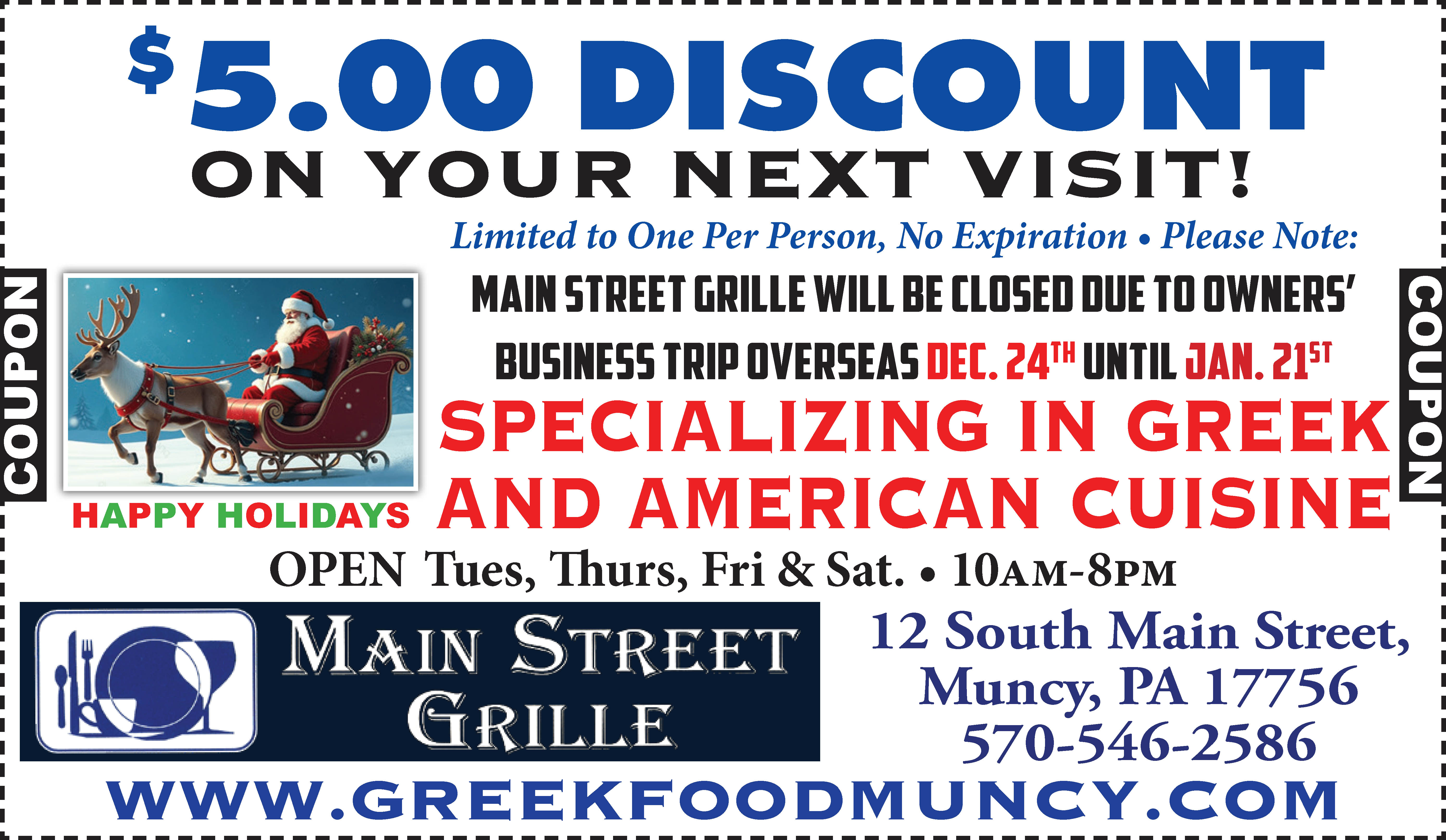By Joseph W. Smith III
Last week, I celebrated the 10th “Weird Words” column with a selection of 10-letter terms. Having thus observed my minor milestone, this week’s installment is devoted to something without which I could never do these pieces: the English dictionary.
Back in pre-internet days, when folks always needed books or libraries for info, I taught a two-week dictionary unit in my freshman English class at Loyalsock High School. I like to think this was not quite as boring as it sounds; but in any case, at that time I began collecting dictionaries — partly to see which were best, and partly to check out their varying approaches to lexicography.
I’m no expert, but as the proud owner of 56 and counting, here are some observations:
Though others existed at the time, the first reliable English dictionary did not appear till 1755. It was compiled by a single man: Samuel Johnson, a bastion of wit and erudition, and the subject of a sprawling, still-famous biography — Boswell’s 350,000-word Life of Johnson (1791). Taking roughly nine years to complete, Johnson’s dictionary is widely considered one of the greatest feats of scholarship ever achieved by one individual.
Among its noteworthy features are countless comical words no one uses anymore (fopdoodle, frigorifick, frustraneous, to quote a few from the “F” section) — and the occasional humor injected into his definitions: “Oats” is called “A grain, which in England is generally given to horses, but in Scotland supports the people”; and a “lexicographer” is “A writer of dictionaries; a harmless drudge, that busies himself in tracing the original, and detailing the signification of words.”
Needless to say, there how are countless different dictionaries, and if you’re in the market, be aware that the name “Webster’s” — famous because of the American lexicographer Noah and his own 1828 volume — is not trademarked; so anyone can call their dictionary “Webster’s,” even if it’s a pathetic 220-page, dollar-store paperback. (Yes, I have several of these; in one, the “J” and “K” sections cover a mere three pages each!)
Unlike many of these worthless editions, a good dictionary will include not only definitions but also: proper syllable breaks; pronunciation; parts of speech (noun, verb, interjection, etc.); and etymology — that is, the word’s origin and what it used to mean.
In addition, some will offer: sample sentences; inflected forms (i.e., proper tenses like “sank” and “sunk”); restrictive labels (for instance, speaking of tenses, “flied” is an OK past-tense for “fly” — if you’re discussing baseball!); and idiomatic phrases that include the given word. (Under “draw,” for example, you might find “draw a blank,” “draw straws” and “draw the line,” all defined.)
But even definition is not as simple as it seems. In the first place, any decent dictionary will have multiple definitions for many of its words, with common terms generating a vast array. In the excellent Webster’s New World College Dictionary (the one we used at Loyalsock), “run” and “set” both list more than 100 definitions!
Furthermore, many dictionaries observe the time-tested practice of placing the oldest definitions first. In Webster’s New World, for example, “hose” is initially defined as “a tight-fitting outer garment worn by men,” causing great hilarity among my 14-year-old students. The more common meaning — related to the first because of its tube-like structure — comes third in that entry.
And when deciding which words will actually get included, be mindful of the age-old lexicographer’s dilemma over whether to simply describe the language (welcoming in new words, slang, profanity and weird spellings) — or to prescribe, being more selective and therefore helping safeguard linguistic propriety. However, given the haphazard way words develop — how speakers constantly commandeer, supplement and manhandle our shared lexicon — nearly every dictionary now contents itself with merely describing.
One thing I always examine carefully is etymology — perhaps the most fascinating aspect of our language. My all-time favorite specimen is “bikini.” Invented about the same time as the atomic bomb, it is named not for the Latin base “bi-” (meaning “two”), but after a Pacific-island testing site — “to suggest,” says one dictionary, “the explosive effect on the viewer.” Boom! (Watch for a future column devoted entirely to word origins.)
As you navigate all this, you’ll have to bone up on the editors’ system of abbreviations. One lexicographer’s rule is to be as brief as possible, so as to cram in the maximum amount of info — hence the many abbrevs. you will find, especially under “etym.”
On top of such linguistic info, a truly great dictionary will include tons of geographical, biographical, scientific, mathematic, and sundry other material, often in appendices that read like a miniature almanac.
I used to conclude my dictionary unit with a “scavenger hunt” of 68 questions that could be answered from our classroom edition. These included such queries as: world’s most populous city; Elvis Presley’s middle name; future dates of Easter; length of the Susquehanna River; Japanese currency; SOS in Morse code and Braille; types of clouds; time zone of Utah; whether a straight beats a flush in poker; whether you can die from a tarantula bite; proper uses for a comma; and the rotation & revolution of Venus. (Fun fact: On Venus, a day is longer than a year!)
For many teachers and language fans, the gold-standard is Merriam-Webster’s Collegiate, now in its 11th edition. Also worthwhile: the old Random House College, Collins Unabridged, Webster’s New Universal Unabridged (a Barnes & Noble product) and my personal go-to, the peerless American Heritage Dictionary of the English Language.
And one more thing: If you’ve got any old ones moldering away that you plan to toss, give me a buzz and I will take them off your hands.
That will define you as “kind” or “generous” — and me as “deranged.”



